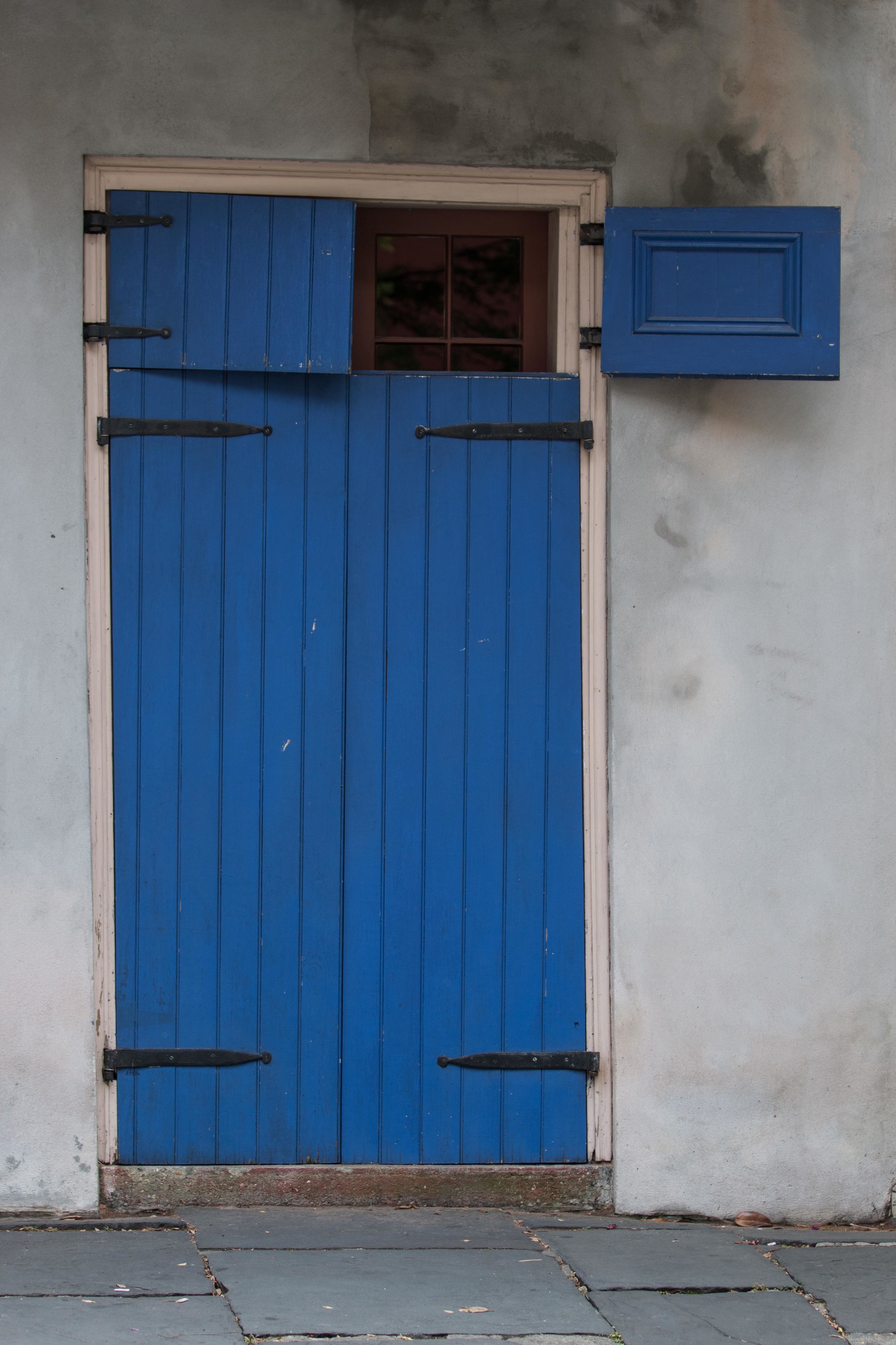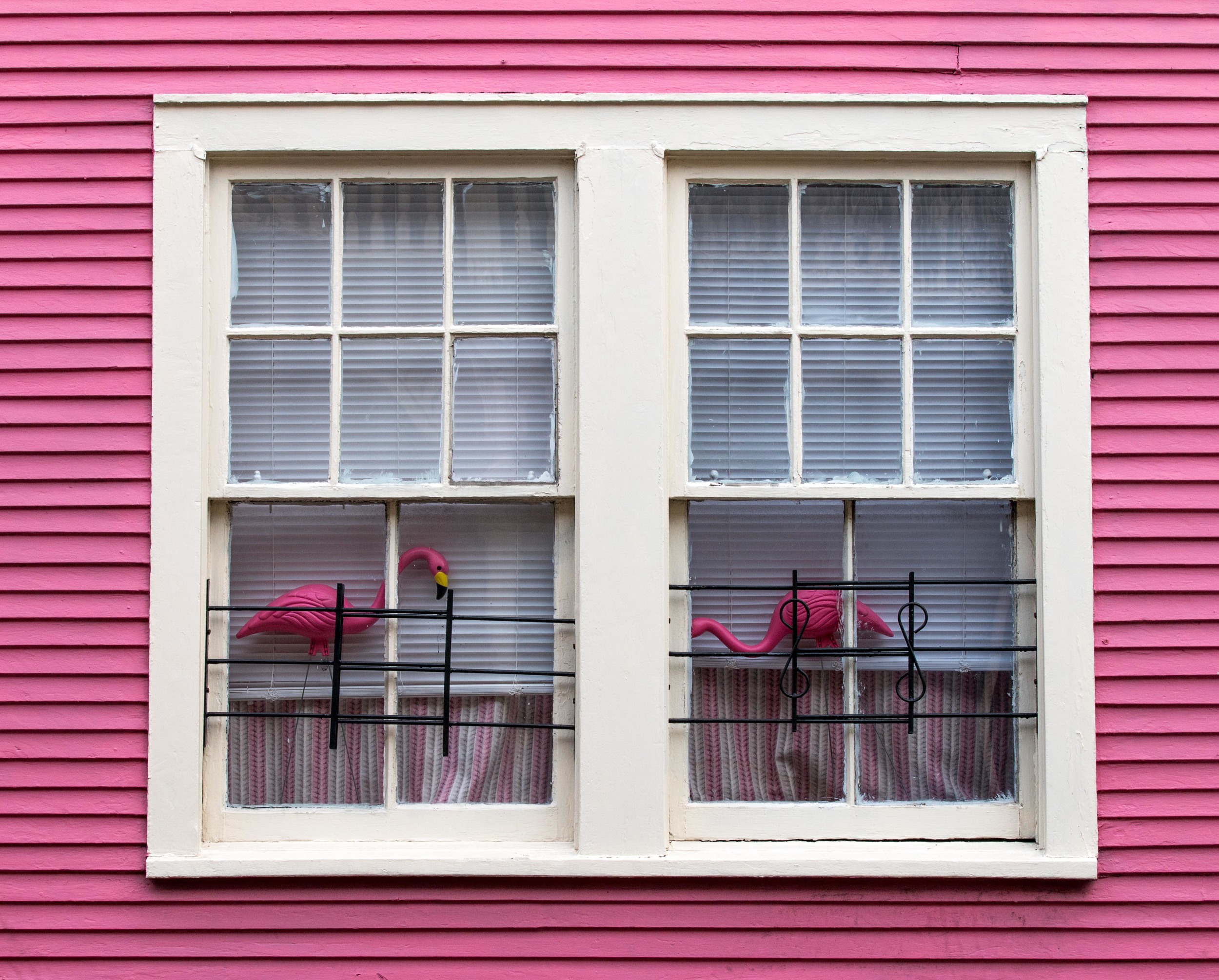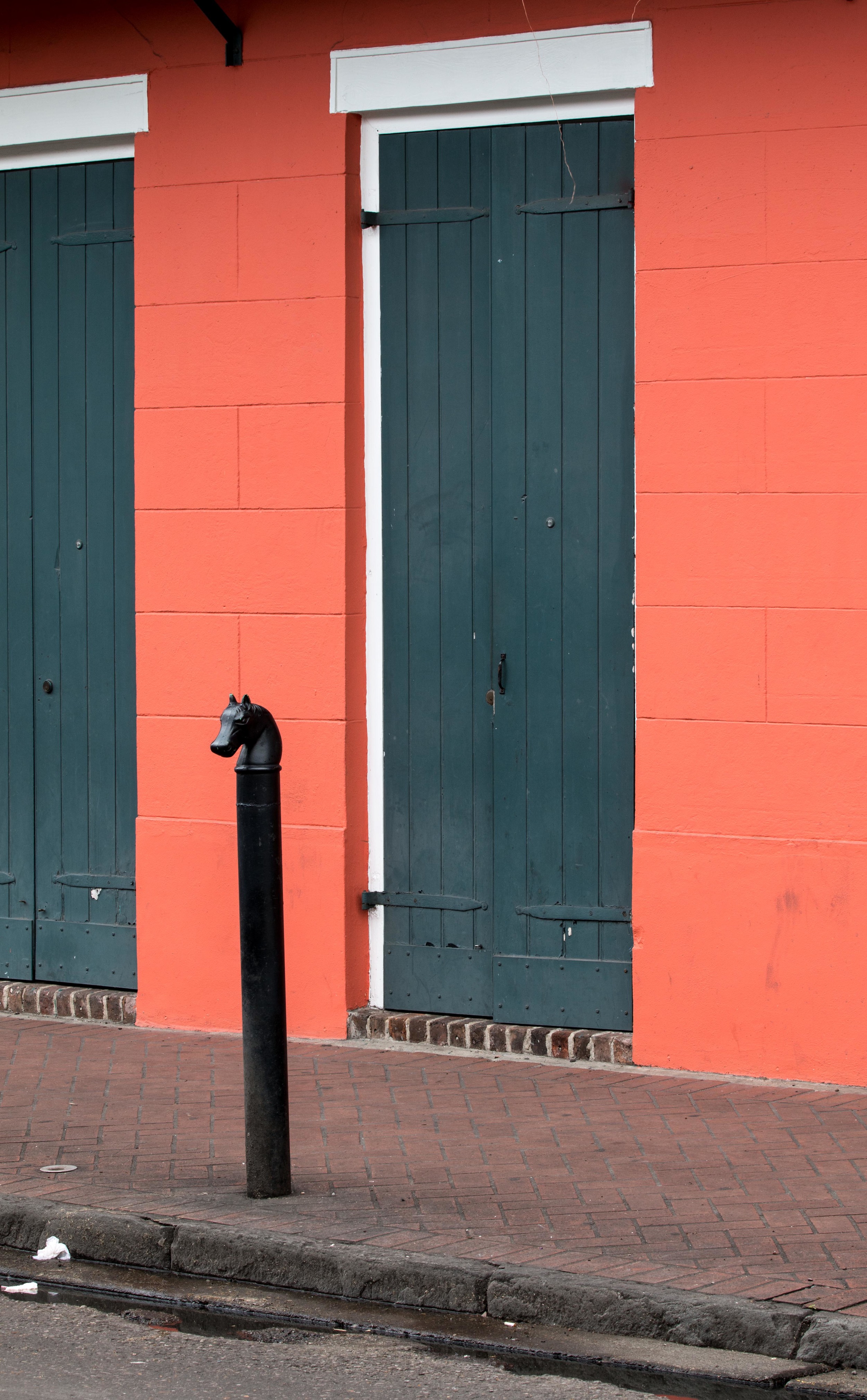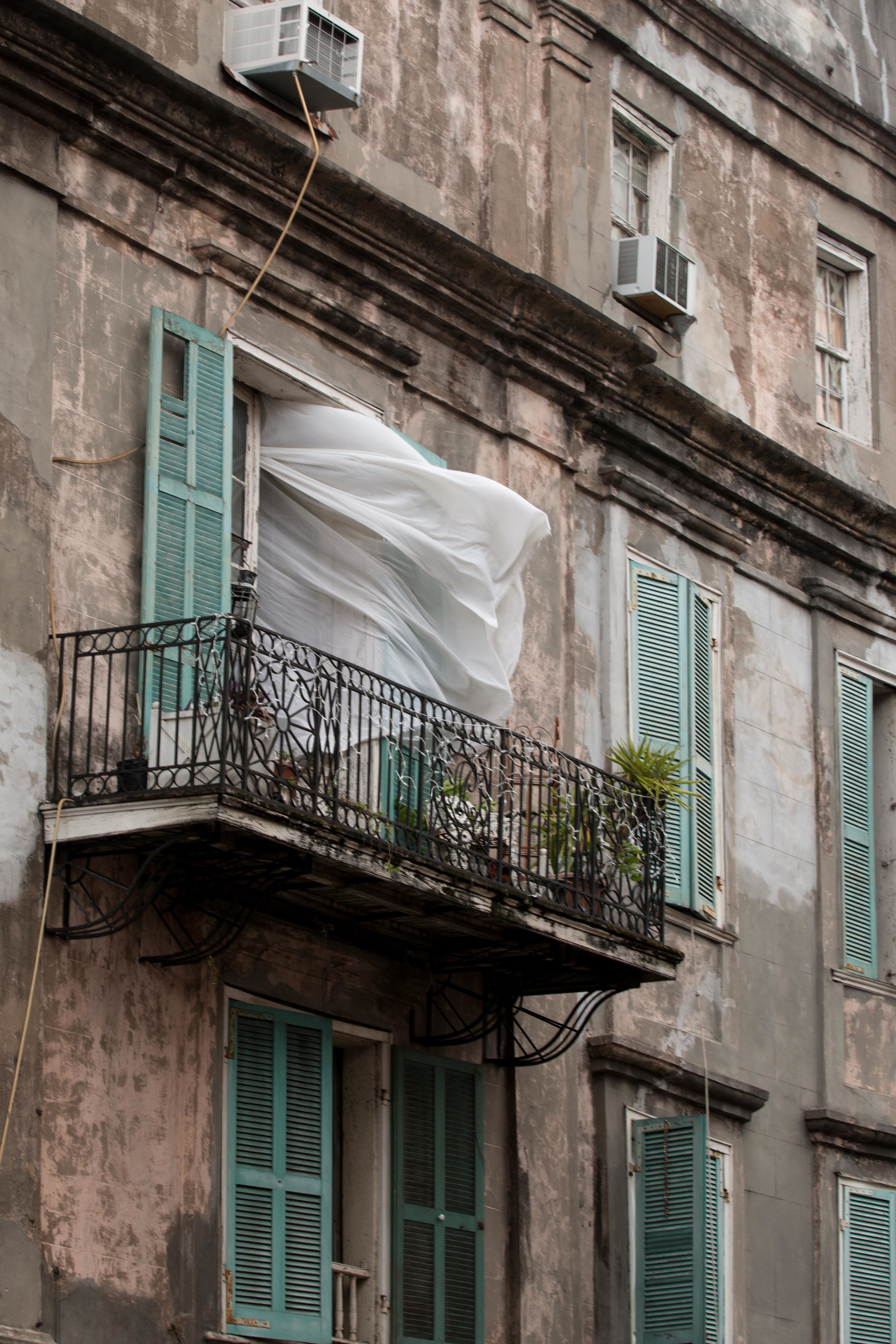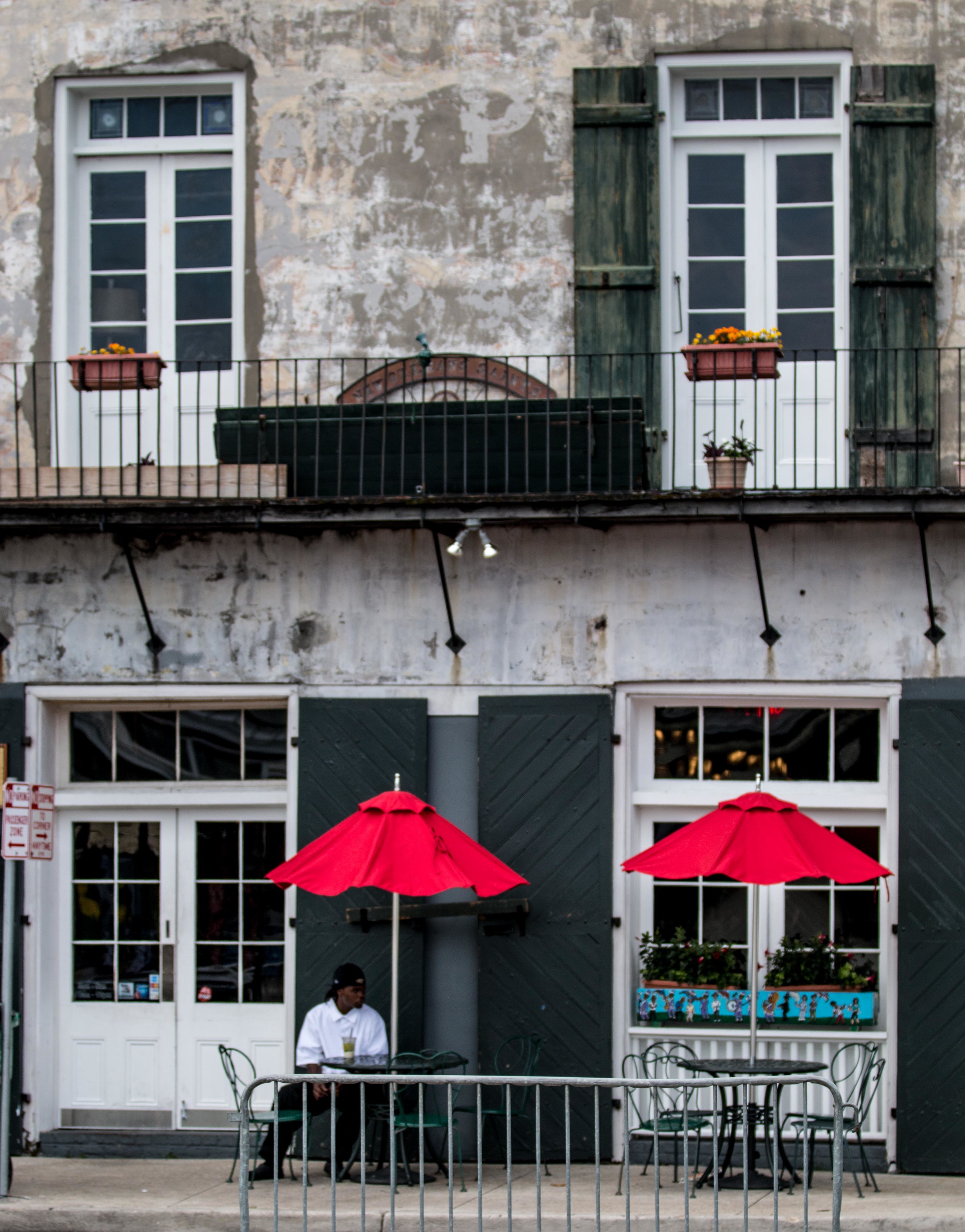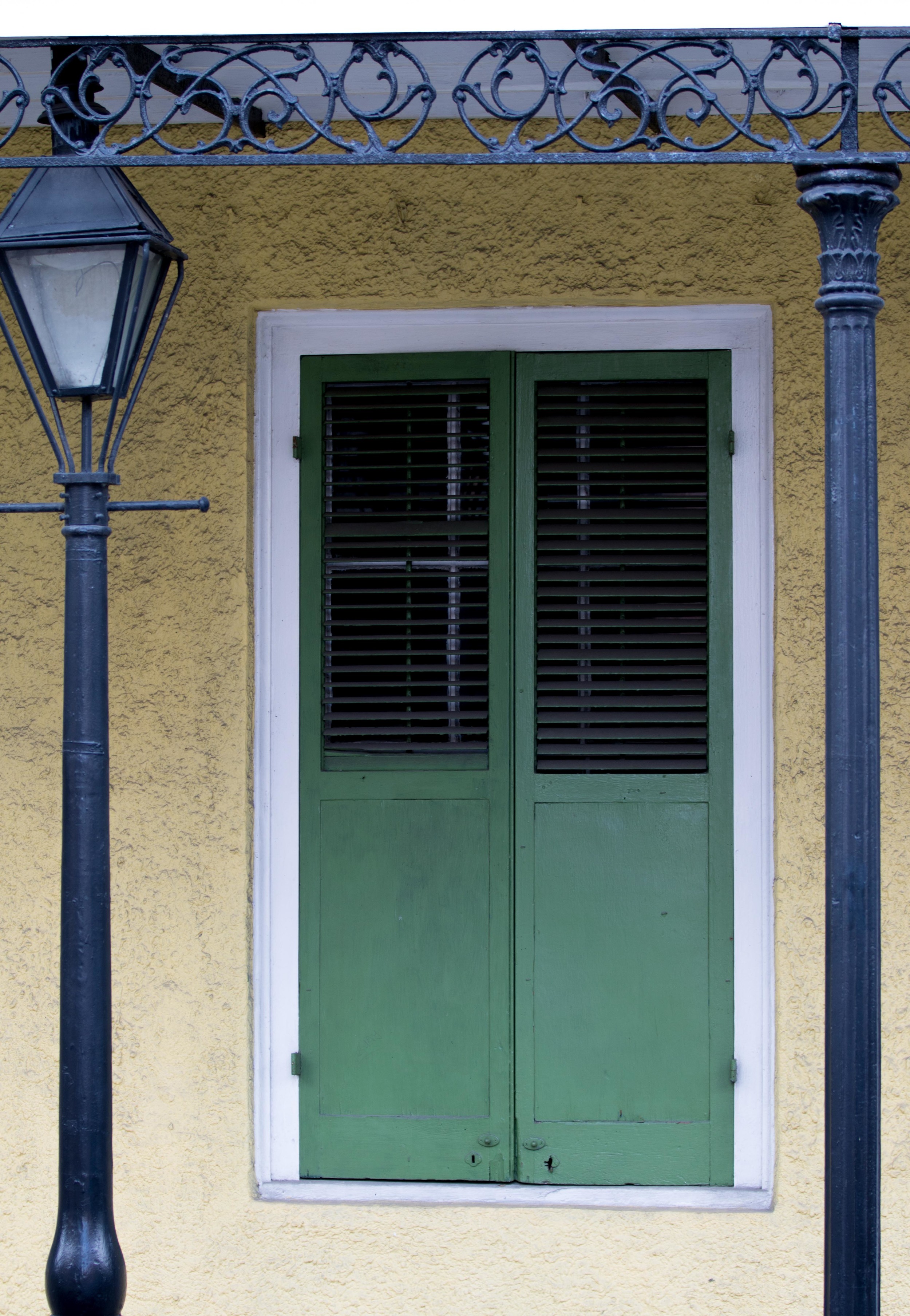(Sung to a slow blues rhythm)
I’ve gots 142 birds
but that’s not enough for youz
You want somethin’ new
I’ve gots the checklist blues
I took you to the east
I found you 4 birds blue
You want something’ new
I’ve gots the checklist blues
We went through the south
the red birds we did see
You want somethin’ new
I’ve gots the checklist blues
In the great north we survived the storm
for a boreal owl to see
You want somethin’ new
I’ve gots the checklist blues
four thousand miles
and only 142
you want somethin’ new
I’ve gots the checklist blues


